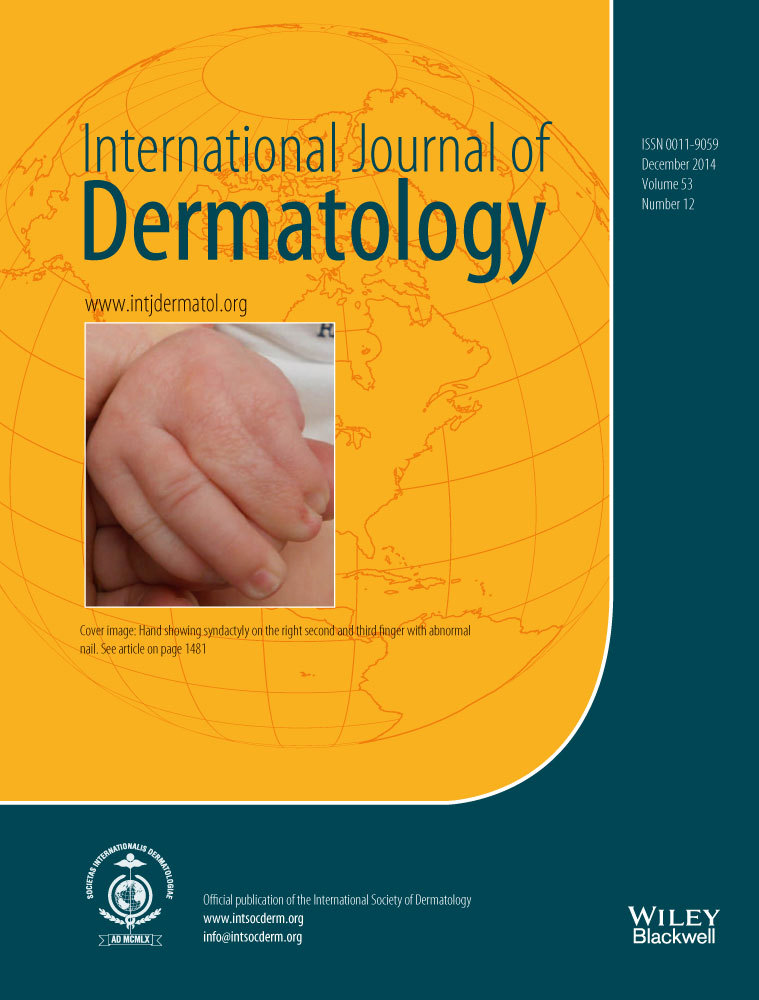A rare case of subcutaneous phaeohyphomycosis caused by a Rhytidhysteron species: a clinico-therapeutic experience
Abstract
Background
Subcutaneous phaeohyphomycosis usually results from traumatic inoculation with the fungus and generally occurs in immunosuppressed men. Cladosporium, Exophiala, and Alternaria spp. are commonly implicated pathogens.
Objectives
We present a case of subcutaneous phaeohyphomycosis caused by Rhytidhysteron sp. that was refractory to conventional antifungal therapy.
Case report
A 72-year-old man with hypertension and diabetes presented with a multiloculated, large cystic swelling over the right dorsal foot. Laboratory findings and x-rays of the chest and left foot were normal.
Results
Adequate control of the patient's diabetes was achieved, and the swelling was excised under itraconazole/terbinafine coverage. Histology showed multiple areas of neutrophilic abscess, epithelioid cells, foreign body giant cells, and multiple septate hyphae and yeast-like cells. Dematiaceous fungus was cultured but failed to produce spores. Sequencing of the isolate showed a match of > 99% with Rhytidhysteron rufulum. The patient demonstrated no response after one year of therapy with itraconazole/terbinafine. Weekly infiltration of the lesion with liposomal amphotericin B resulted in its complete resolution within 15 weeks.
Conclusions
Lesions of phaeohyphomycosis appear morphologically similar regardless of the organism implicated. Hence, their diagnosis rests entirely on the clinicopathological and microbiological presentation. Molecular studies may be required to identify a fungus if attempts to grow it in artificial culture media fail. Rhytidhysteron spp. are not known as pathogens in humans, and no treatment protocol exists. Intralesional amphotericin was highly effective in our patient and caused no systemic adverse effects. Voriconazole and posaconazole are effective against disseminated/visceral phaeohyphomycotic infections, but their efficacy against Rhytidhysteron spp. remains unstudied.




